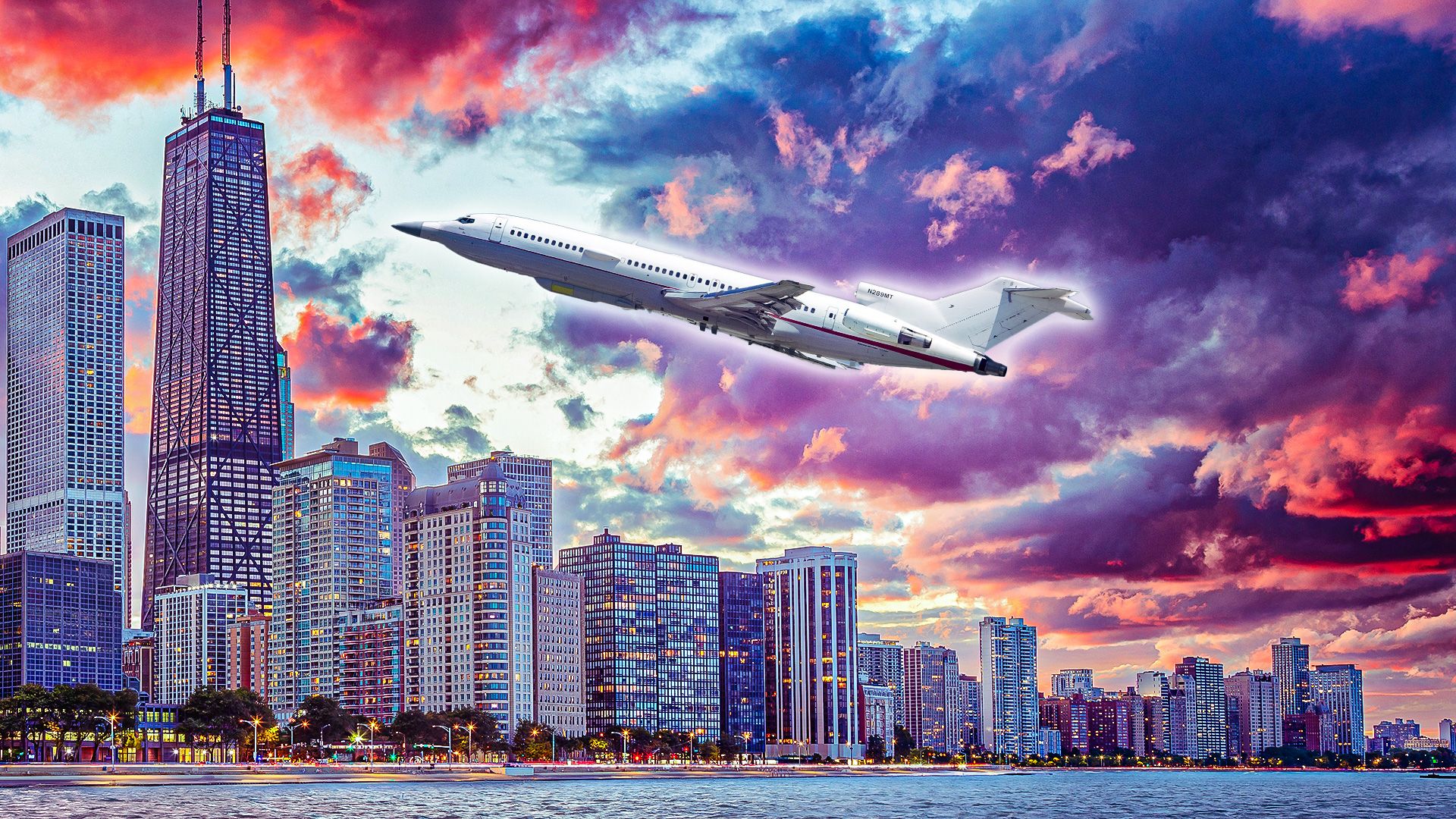The Airport That Ruled Chicago Is Now a Public Park

The Story of Meigs Field: From Lakefront Runway to Urban Park
Meigs Field, once a beloved airport just in front of Chicago, was more than just a place for planes to land and take off. It was a symbol of urban aviation charm, offering pilots a unique view of the city skyline and Lake Michigan. Many who played Microsoft Flight Simulator before 2004 will remember this iconic location as their first virtual flight experience. For aviation enthusiasts, it was a special place that represented accessibility, convenience, and the joy of flying.
A Historical Landmark with a Unique Location
Opened in December 1948, Meigs Field was built on a manufactured peninsula along the shores of Lake Michigan. Its strategic location made it a popular spot for business travelers, private pilots, and even air ambulances. The single-runway airport offered a direct connection to downtown Chicago, making it a vital part of the city’s transportation network for decades.
The airport gained international recognition when it was featured as the default starting location in Microsoft Flight Simulator 2000. For many virtual pilots, it was the first taste of flying, and its scenic approach with the skyline in the background became a memorable experience. This virtual representation helped introduce millions of users to general aviation, sparking interest in real-life flying.
The Controversial Closure and Transformation
By the early 2000s, city leadership had different plans for the land. Then-Mayor Richard M. Daley envisioned the area as a public park aligned with the vision of architect Daniel Burnham for a green lakefront. In March 2003, construction crews began demolishing the runway under the cover of darkness, creating X-shaped gouges that rendered it unusable. This move, known as "Daley’s Midnight Raid," shocked the aviation community and led to significant backlash.
The closure was justified by the mayor as a safety measure following the September 11 attacks. However, the damage was so severe that the runway could not be repaired, leading to the permanent closure of the airport. The decision sparked controversy, with many in the aviation community viewing it as an erasure of functional infrastructure and a loss of a golden era of private air travel in Chicago.
From Airport to Park: The Birth of Northerly Island
After the closure, Chicago had the opportunity to transform the 91-acre peninsula into a public space. The city moved forward with Mayor Daley's vision of honoring Burnham's legacy, turning Meigs Field into Northerly Island Park. This transformation emphasized natural restoration, including wetland systems, migratory bird habitats, and native prairies.
The park now features a five-acre lagoon, rolling hills, and pedestrian-friendly paths. The southern half remains a tranquil nature sanctuary, while the northern area is home to the Huntington Bank Pavilion, a seasonal outdoor concert venue. There is also a planetarium on the northernmost part of the peninsula.
Cultural Legacy and Lessons Learned
For aviation enthusiasts, Meigs Field was more than just a runway—it was a symbol of accessibility and urban convenience. Its proximity to downtown made it a favorite among business travelers and tourists. The airport also appeared in numerous films, TV shows, and news broadcasts, solidifying its place in popular culture.
Despite its modest size, Meigs Field played a vital role in urban aviation. With a 3,000-foot runway, it accommodated small aircraft, helicopters, turboprops, and even small business jets. Its sudden destruction was seen as a breach of trust by many in the aviation community, marking the end of a golden era of private air travel in Chicago.
The closure of Meigs Field serves as a case study in how public space can evolve and what happens when decisions bypass key stakeholders. For pilots, it demonstrated the vulnerability of urban airports. For urban planners, it highlighted the potential for ecological reclamation and sustainable design.
Could a Lakefront Airport Like Meigs Return?
The question of whether a facility like Meigs Field could exist again in a major urban area remains a topic of debate. In today’s environment, where sustainability and green space are priorities, it seems unlikely. Regulatory environments are more restrictive, environmental impact assessments are more demanding, and public expectations for parkland and green infrastructure are higher.
Additionally, the cost of owning or using personal aircraft has reached historical highs, making it less affordable for many. New technologies like eVTOL aircraft and rooftop heliports are redefining urban aviation access without the need for a full runway.
A Legacy That Lives On
Chicago has made it clear that the future of Northerly Island lies in a balance between nature and culture. As the park continues to mature and host events, it gains a new identity rooted in sustainability and inclusivity. While Meigs Field may never return as an airport, its story lives on as a lesson in what cities value, what they sacrifice, and how they adapt.
From a lakefront runway that once greeted executives and hobbyists, to a nature preserve that now welcomes schoolchildren, bikers, and birdwatchers, the land has undergone a transformation both physically and symbolically. Although some residents do not particularly enjoy the park due to the lack of trees and shade, the trees still need to grow taller.
Whether viewed as a loss or a gain, the legacy of Meigs Field is undeniable. It continues to shape our thinking about airports, cities, and the space in between. Today, Northerly Island stands as both a tribute to the past and a beacon for future cities seeking to repurpose, reimagine, and restore. From propellers to prairie grass, it’s a story that continues to shape Chicago’s lakefront.
Post a Comment for "The Airport That Ruled Chicago Is Now a Public Park"
Post a Comment